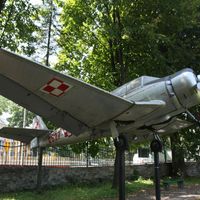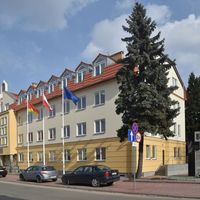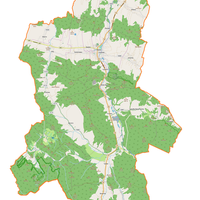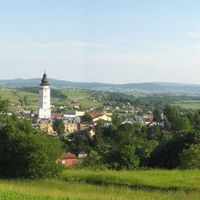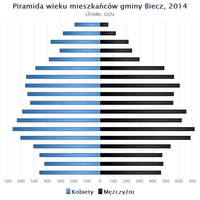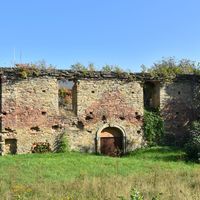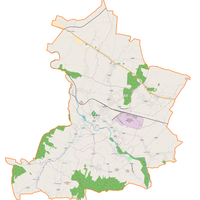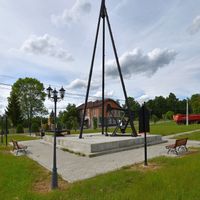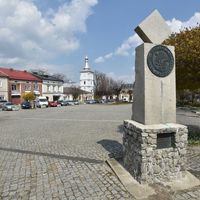Jasło Foothills
6.52
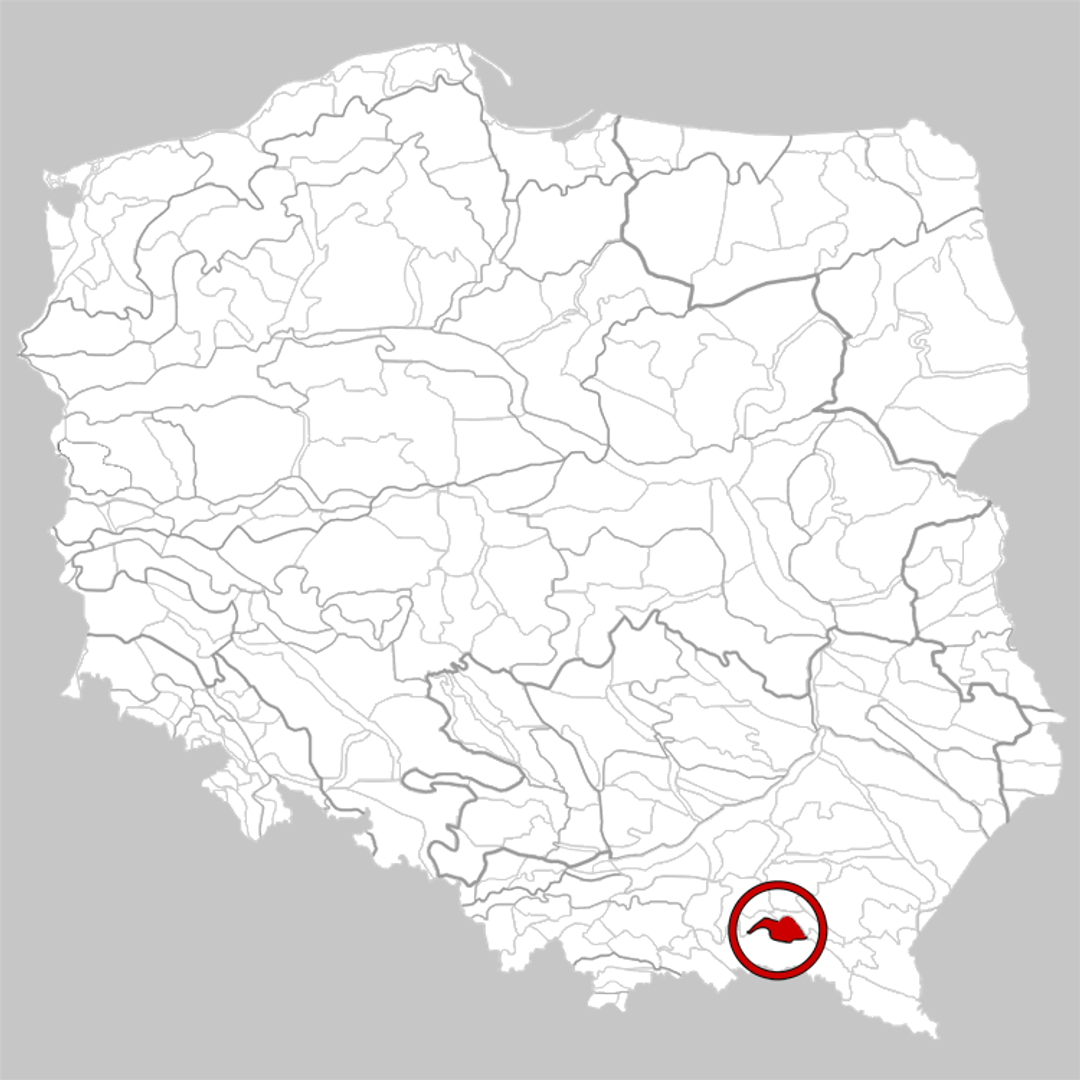
Overview
The Jasielskie Foothills is a physiographic mesoregion in southern Poland, forming part of the Central Beskid Foothills. Situated between the Jasło-Krosno Basin, the Gorlice Depression, and the Low Beskids, it reaches elevations ranging from 370 to 430 meters above sea level. The region is primarily composed of Ciężkowice sandstones and Krosno shales, and its terrain is intersected by the valleys of the Wisłoka and Bednarka rivers. Its name derives from Jasło, the main urban center of the area. Architecturally, the region boasts a variety of structures reflecting local styles and history. Culturally, the Jasielskie Foothills are rich in traditions, with residents actively preserving local customs and folklore. Historically, the region offers numerous attractions, including open-air museums such as the Ignacy Łukasiewicz Museum of Petroleum and Gas Industry in Bóbrka, an important site for researchers of Poland’s oil industry history. An interesting fact is that Jasło is part of the oil-rich region, making the area significant in the history of the petroleum industry not only in Poland but also in Europe. The Jasielskie Foothills is a place where the beauty of nature blends with a wealth of culture and history.
Location
2025 Wizytor | All Rights Reserved
